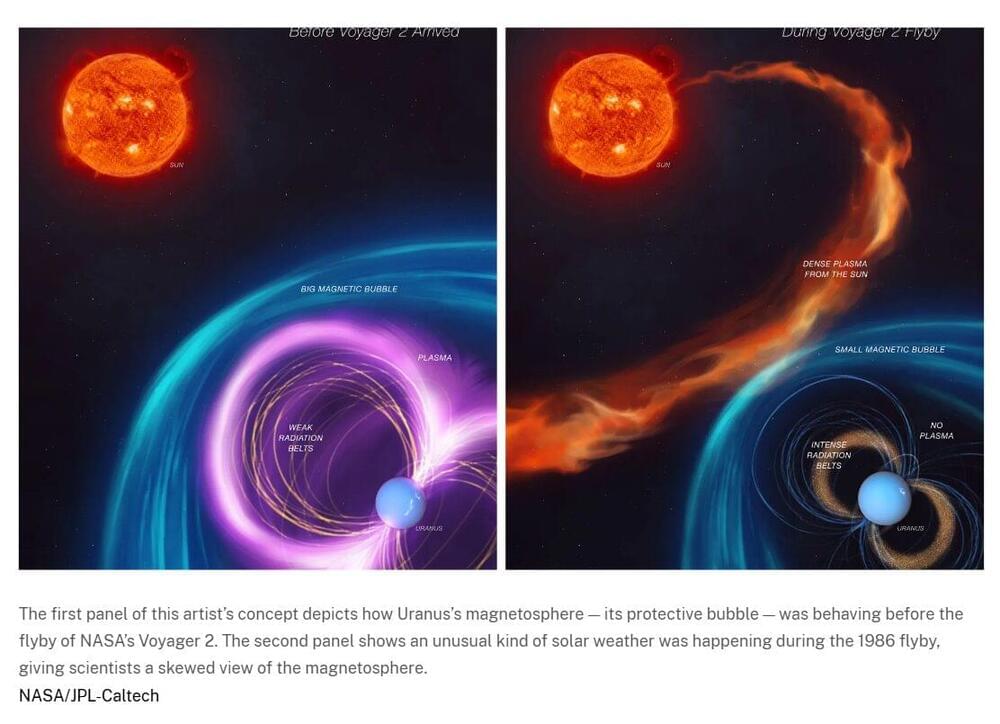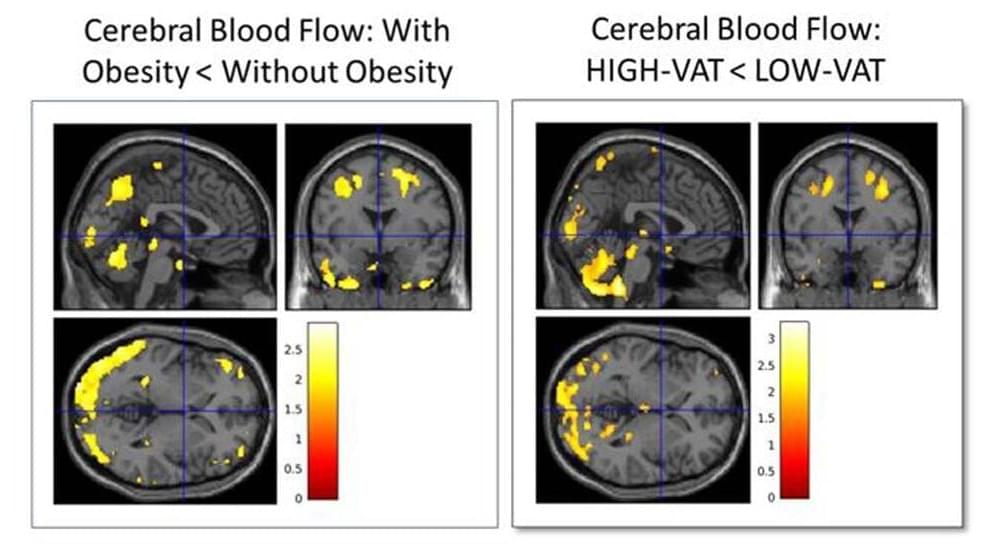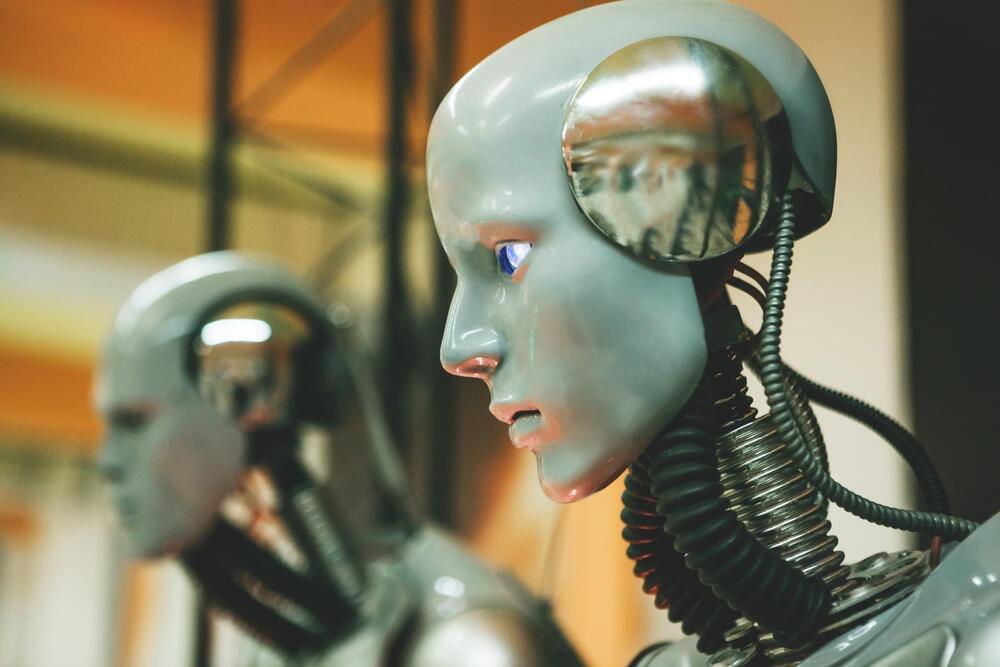FELIX study results reveal obe-cel’s potential in relapsed B-cell ALL, achieving 77% remission with low severe toxicity, enhancing CAR T-cell therapy outcomes.



In a new Nature Communications study, scientists have developed a novel method for artificial cells to interact with their external environment without the need for complex modification processes.
This method could open new frontiers in tissue engineering, drug delivery, and cell processes.
Biological cells are protected by a membrane, made of phospholipids, which modulates interactions with the outside environment. Recreating this in artificial cells is challenging, requiring manual external modification of the membrane.
DEADLINE APPROACHING! The NEH program is accepting applications through Dec. 11, 2024. For more information, visit.
For organizations in areas affected by Hurricane Helene in FL, GA, SC, NC, VA and TN, optional prospectuses will be accepted until Oct 16th. The prospectus must use the Prospectus Template.
The Humanities Research Centers on Artificial Intelligence program aims to support a more holistic understanding of artificial intelligence (AI) in the modern world through the creation of new humanities research centers on artificial intelligence at eligible institutions. Centers must focus their scholarly activities on exploring the ethical, legal, or societal implications of AI.
A Center supports collaboration among scholars to explore a specific topic through research, as well as spreading knowledge about that research through educational or outreach activities. Centers may include scholars from diverse disciplines, but must be focused on asking humanities questions and should be led by humanists. Scholars may come from one or more institutions. NEH welcomes international collaboration, but scholars at U.S. institutions must contribute significantly to the project. This program is for establishing new Centers; existing Centers and Institutes are not eligible in this competition. Only one application per institution is permitted in this competition. For the purposes of this limitation, branch campuses are considered separately and each may submit one application.

When NASA’s Voyager 2 spacecraft flew by Uranus in 1986, it provided scientists’ first—and, so far, only—close glimpse of this strange, sideways-rotating outer planet. Alongside the discovery of new moons and rings, baffling new mysteries confronted scientists. The energized particles around the planet defied their understanding of how magnetic fields work to trap particle radiation, and Uranus earned a reputation as an outlier in our solar system.
Now, new research analyzing the data collected during that flyby 38 years ago has found that the source of that particular mystery is a cosmic coincidence. It turns out that in the days just before Voyager 2’s flyby, the planet had been affected by an unusual kind of space weather that squashed the planet’s magnetic field, dramatically compressing Uranus’s magnetosphere.
“If Voyager 2 had arrived just a few days earlier, it would have observed a completely different magnetosphere at Uranus,” said Jamie Jasinski of NASA’s Jet Propulsion Laboratory in Southern California and lead author of the new work published in Nature Astronomy. “The spacecraft saw Uranus in conditions that only occur about 4% of the time.”
“An Unscientific American” discusses the resignation of Laura Helmuth from her position as editor-in-chief at Scientific American. The author, Michael Shermer, argues that her departure exemplifies the risks of blending facts with ideology in scientific communication.
Helmuth faced backlash after posting controversial remarks on social media regarding political views, which led to public criticism and her eventual resignation. Shermer reflects on how the magazine’s editorial direction has shifted towards progressive ideology, suggesting this has compromised its scientific integrity. He notes that had Helmuth made disparaging comments about liberal viewpoints, her outcome would likely have been more severe.
The article critiques Scientific American for endorsing positions on gender and race that Shermer sees as ideologically driven rather than based on scientific evidence. He expresses concern that such ideological capture within scientific publications can distort facts and undermine credibility.
For more details, you can read the full article here.
About the Author.
Michael Shermer is a prominent science writer and the founder of the Skeptics Society. He is known for his work promoting scientific skepticism and questioning pseudoscience. Shermer is also the author of several books on belief, morality, and the nature of science, including The Believing Brain and The Moral Arc.
https://quillette.com/2024/11/21/an-unscientific-american-sc…signation/
–
Quillette is an Australian-based online magazine that focuses on long-form analysis and cultural commentary. It is politically non-partisan, but relies on reason, science, and humanism as its guiding values.
Quillette was founded in 2015 by Australian writer Claire Lehmann. It is a platform for free thought and a space for open discussion and debate on a wide range of topics, including politics, culture, science, and technology.


Researchers have linked a specific type of body fat to the abnormal proteins in the brain that are hallmarks of Alzheimer’s disease up to 20 years before the earliest symptoms of dementia appear, according to a study being presented at the annual meeting of the Radiological Society of North America (RSNA).
The researchers emphasize that lifestyle modifications targeted at reducing this fat could influence the development of Alzheimer’s disease.
“This crucial result was discovered because we investigated Alzheimer’s disease pathology as early as midlife—in the 40s and 50s—when the disease pathology is at its earliest stages, and potential modifications like weight loss and reducing visceral fat are more effective as a means of preventing or delaying the onset of the disease,” said lead study author Mahsa Dolatshahi, M.D., M.P.H., post-doctoral research associate at Mallinckrodt Institute of Radiology (MIR) at Washington University School of Medicine in St. Louis, Missouri.


Starlink has received the green light from the US authorities to launch its direct-to-cell satellite service, but there are still a number of technical hurdles to overcome before it can actually be made fully available to users.
The US Federal Communications Commission (FCC) has now authorised Starlink, SpaceX’s Internet service provider, to roll out its direct-to-cell satellite service. The idea is to be able to make phone calls directly via satellite, wherever you are, especially in so-called dead zones not currently served by a regular cellular network, such as deserts, mountains or oceans. Indeed, the Starlink constellation of low-earth orbit satellites has the potential to offer worldwide cellular coverage.
Despite this authorization, there are still a number of hurdles to overcome before this service can see the light of day, as the FCC has not responded favorably to all Starlink’s requests. For example, in order to offer optimal telephony and live video services, it will be necessary to exceed current radio emission limits.

Krish, who lives in Hounslow, West London, is not only academically gifted but also excels in music, having won awards as a pianist. The 10-year-old genius has also been inducted into the prestigious Trinity College of Music’s “Hall of Fame” for completing four grades in just six months. He currently holds a grade 7 piano certification, demonstrating his exceptional musical prowess.
Krish’s impressive resume includes winning several musical competitions in West London, where he outshone contestants up to four years his senior. What’s even more impressive is his ability to recite complex instrumentals from memory, without needing sheet music. His parents attest that he can recall entire songs on the piano using only his exceptional memory.
He said, “I don’t get nervous to perform my music at these competitions because I know that I’m not going to mess up.”